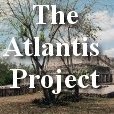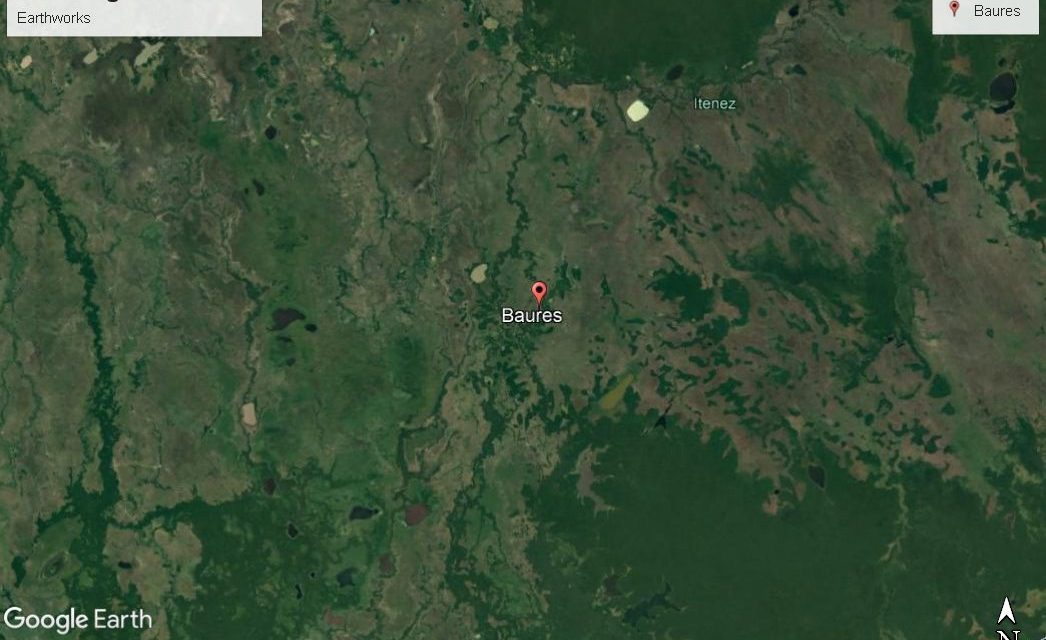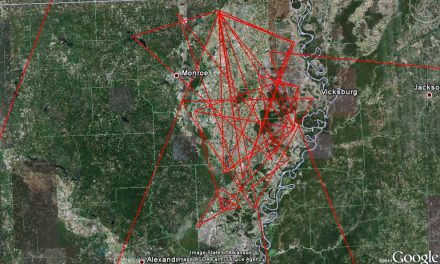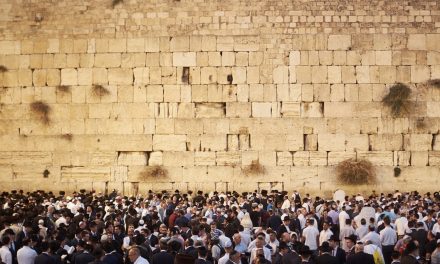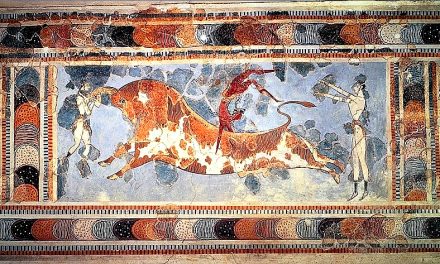The hills of Beni, Bolivia, are elevations of the land that previous cultures left as a legacy of the presence of their existence. From the air they constitute an impressive spectacle. The American researcher Clark Erickson has been investigating them for years and now picks up the essence of his theories.
They are in the Llanos de Moxos in the Beni and rise almost unconscious between the Andes and the Guaporé River. They are works of complicated engineering in the middle of the Pampa: dykes, embankments, artificial mounds or channels called landscape archaeology by researcher Clark Erickson.
Clark Erickson
Clark Erickson argues that the present natural environment is an historical product of human intentionality and ingenuity. It is a creation that is imposed, built, managed and maintained by the collective multigenerational knowledge and experience of Native Americans[1][2]. In the past 12,000 years, indigenous peoples transformed the environment, creating what we now recognize as the rich ecological mosaic of the Neotropics[3][4]. The pre-Hispanic savanna peoples of the Bolivian Amazon built an anthropogenic landscape through the construction of raised fields, large settlement mounds, and earthen causeways[5][6].
In order to truly appreciate them all one must do is get on a plane and pay attention to every detail to realize the correctness of the term used by Erickson, who like Wilma Winkler, William Denevan and Kenneth Lee are rewriting the history of the area through their research. From there, in the height, lines are drawn with perfect rectitude and the small and large elevations of the terrain are imposed with a well-marked seal, the hand of man. Precisely, the latter has managed to attract a special interest on the part of experts, who have tried to dissect and explain each of its secrets.
[1] Balée, W.(ed.) Advances in Historical Ecology (Columbia Univ. Press, NewYork, 1998).
[2] Posey, D. & Balée, W. (eds) Resource Management inAmazonia: Indigenous and Folk Strategies (Advances in Economic BotanyVol. 7, New York Botanical Gardens, Bronx, 1989).
[3] Stahl, P. W. Holocene biodiversity: An archaeological perspective from the Americas. Annu. Rev. Anthropol. 25, 105–126(1996).
[4] Denevan, W. M. The pristine myth: The landscape of the Americas in 1492. Ann.Ass. Am. Geog. 82, 369–385 (1992).
[5] Denevan, W. M. The Aboriginal Cultural Geography of the Llanos de Mojos of Bolivia(Univ. California Press, Berkeley, 1966).
[6] Erickson, C. L.in Archaeology in the American Tropics: Current Analytical Methods andApplications (ed. Stahl, P.) 66–95 (CambridgeUniv. Press, Cambridge, 1995).
